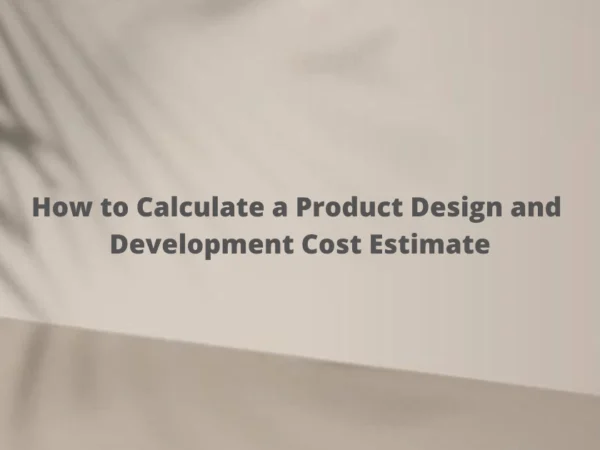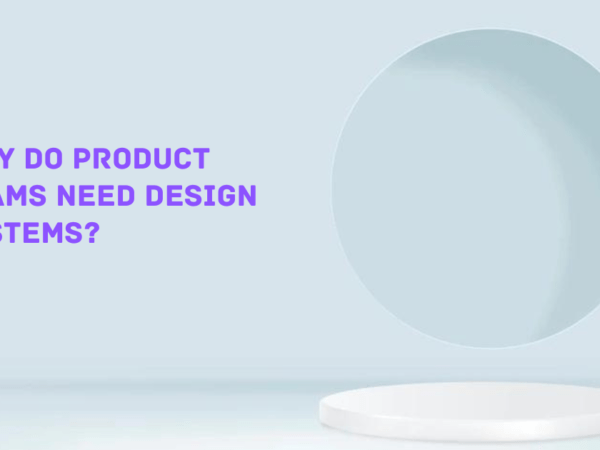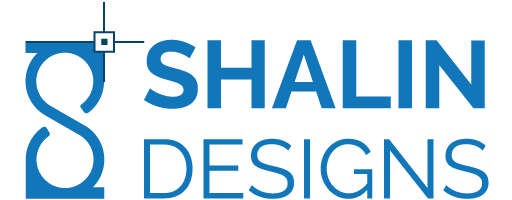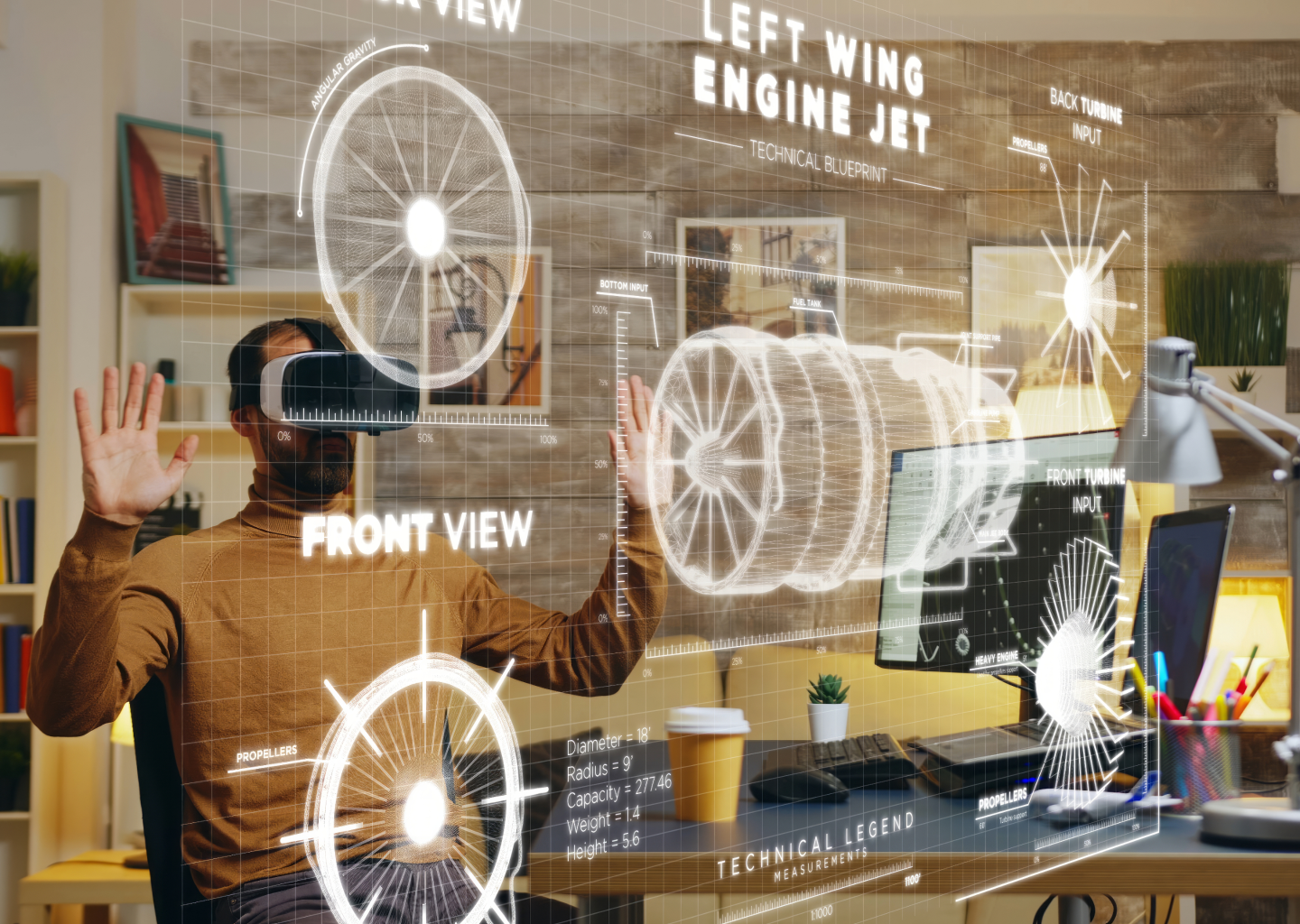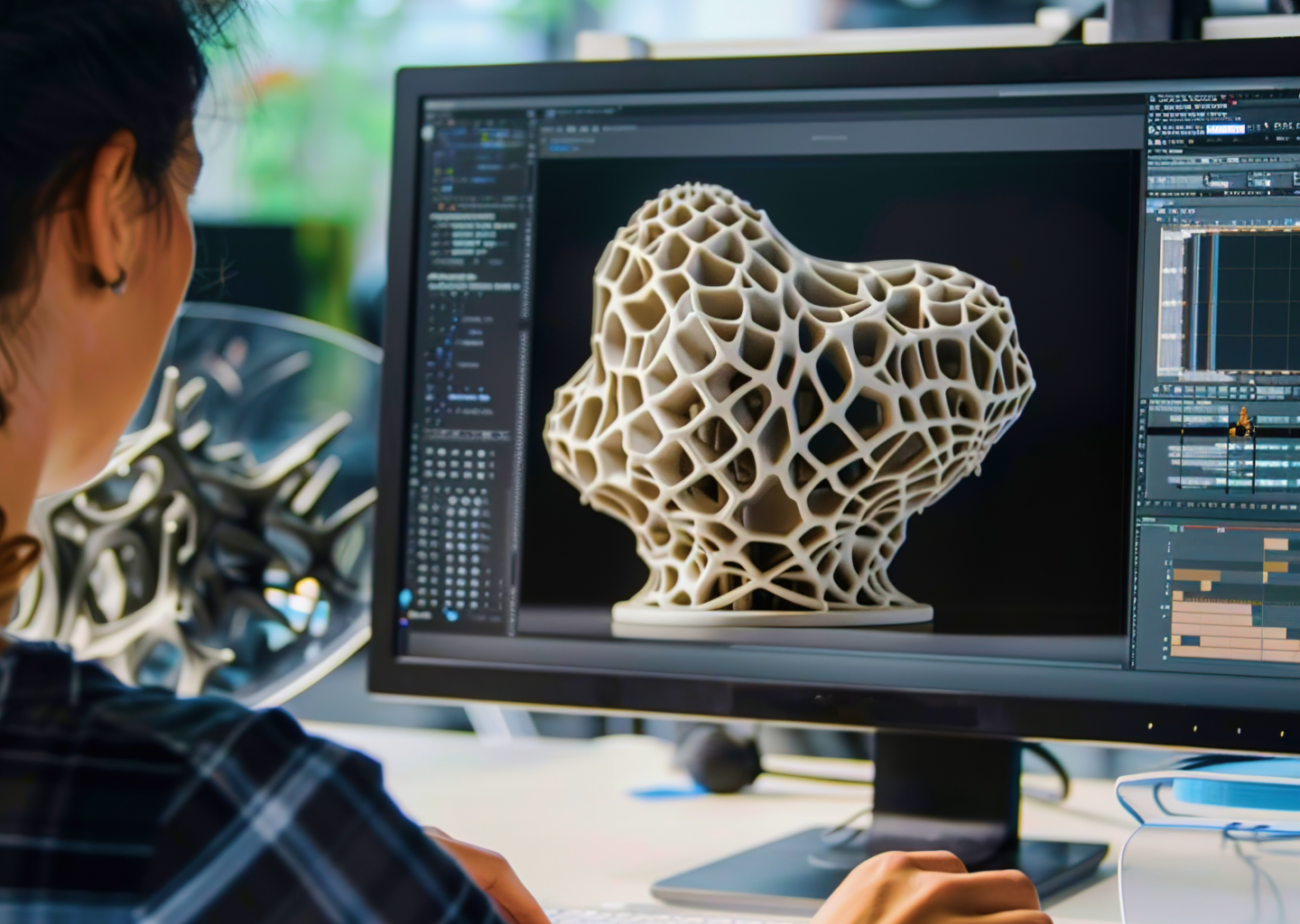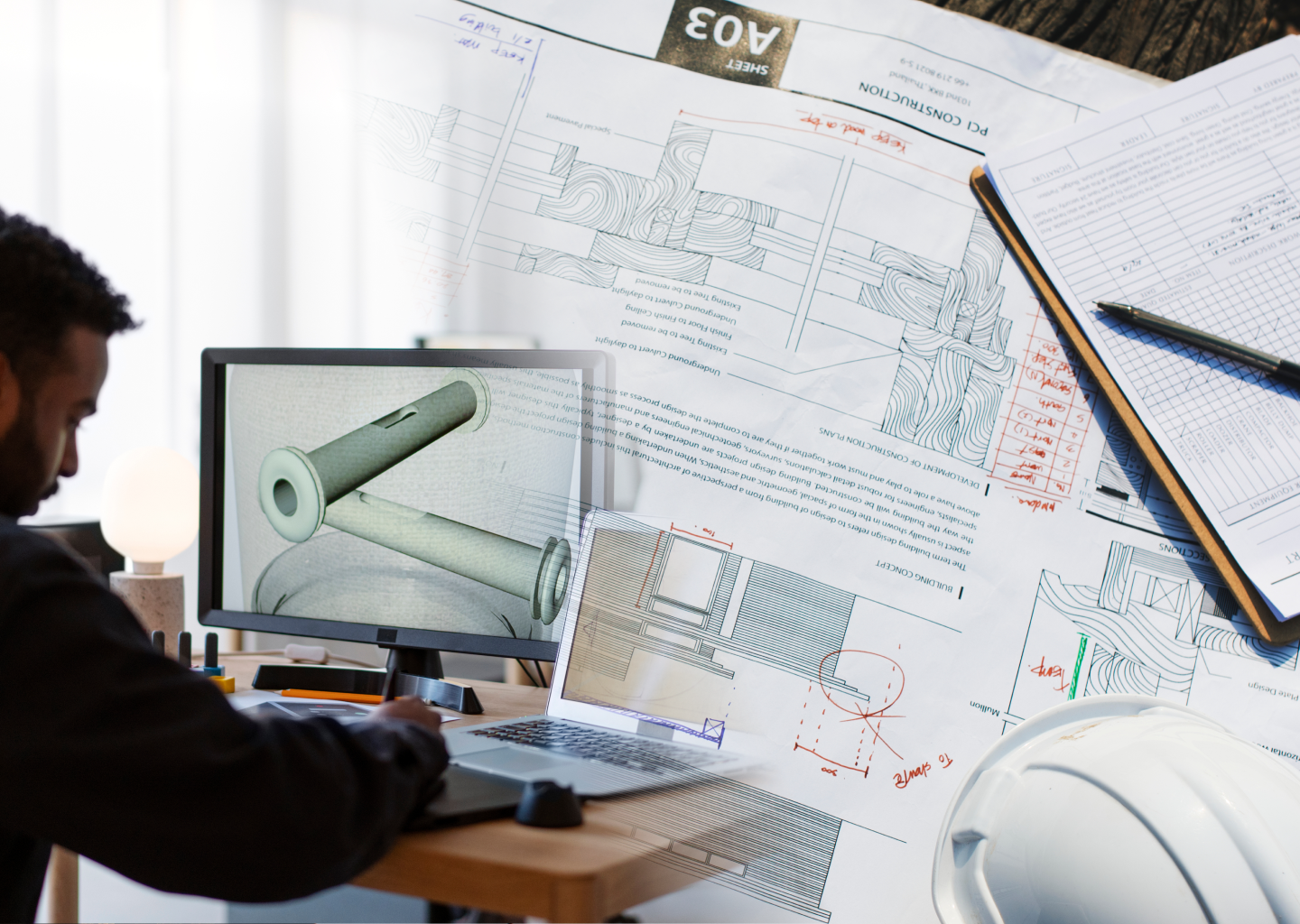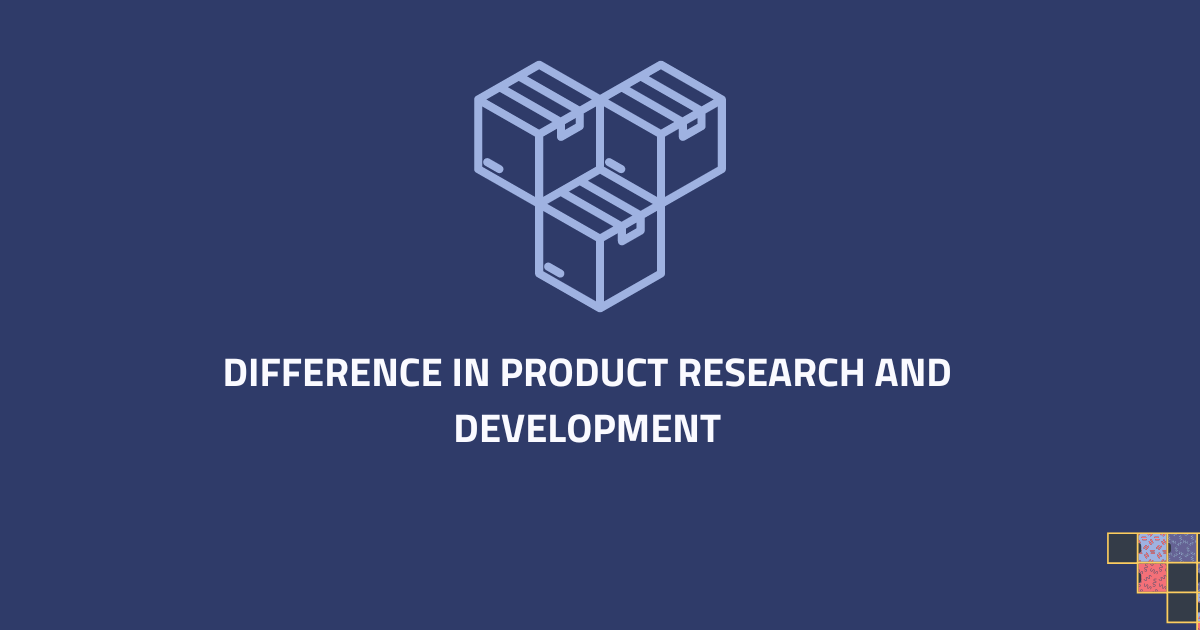
When venturing into the world of innovation, understanding the distinction between product research and product development is crucial. Both are vital, yet they serve different purposes in the product lifecycle.
Product Research vs. Product Development: At its core, product research focuses on gathering insights and understanding market needs. It involves identifying gaps, studying consumer behavior, and assessing market trends. On the other hand, product design and development takes these insights and turns them into tangible products. It involves designing, prototyping, and refining products based on the research findings.
Differences Between Product Research and Development: Product research aims to answer “what” should be developed. It involves techniques like surveys, focus groups, and market analysis to gather data. In contrast, product development addresses “how” to create the product. This process includes design, engineering, and testing to bring the researched ideas to life.
Product Research and Development Process: The process begins with research to validate the need and feasibility of a product. Once the research is complete, development takes over, transforming concepts into actual products. This phase includes several stages: concept development, prototype creation, product testing, and final adjustments.
Product Research and Development Strategies: Effective strategies in product research include using diverse methods to gather data, such as customer interviews and competitive analysis. In development, strategies involve iterative testing, stakeholder feedback, and agile methodologies to refine the product.
Key Differences in Product Research and Development: One major difference lies in their objectives. Research is about discovering opportunities and understanding the market, while development is focused on executing and improving product ideas. Research is generally less structured and more exploratory, whereas development follows a more defined process to create a market-ready product.
Product Development Lifecycle: This lifecycle typically starts with idea generation and moves through design, development, testing, and launch. Each stage is crucial for ensuring that the final product meets market needs and quality standards.
Effective Product Research Techniques: Employing techniques such as trend analysis, consumer feedback, and competitive benchmarking can provide valuable insights. Utilizing tools like surveys and focus groups helps in understanding customer needs and preferences.
Product Research Methods: Methods include quantitative research, like surveys for statistical data, and qualitative research, such as interviews for deeper insights. Combining these methods can provide a well-rounded view of the market.
Role of Product Development in Innovation: Product development is where innovation truly happens. It takes the validated research and turns it into new products that solve problems or improve on existing solutions. This phase is where creativity meets practicality, leading to innovative products that can drive business growth.
Conclusion
In the journey from idea to market-ready product, understanding the difference between product research and development can make all the difference. By aligning research insights with effective development strategies, businesses can create innovative products that meet real market needs.
Ready to transform your ideas into reality? Contact Shalin Designs today to learn how our CAD modeling and design services can help bring your next project to life.


